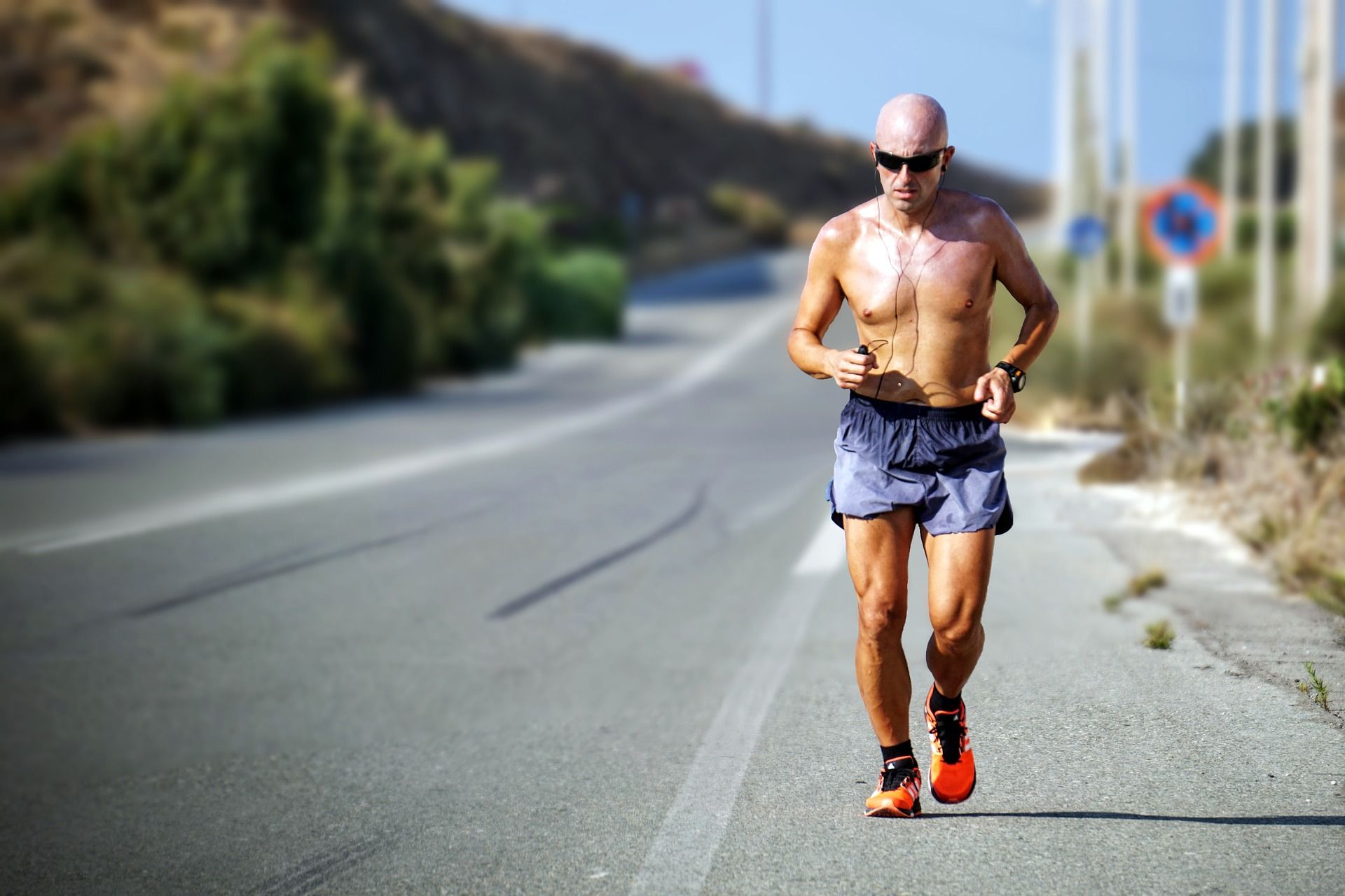You can run faster and for longer with simple changes, making your runs more enjoyable with a reduced risk of injury.
Technique tweaks
It can take several weeks to make changes to your running style but it's worth it – they can make a world of difference to your speed, efficiency and injury risk.
"First, focus on running tall – imagine a thread pulling the top of your head upwards – and don't sink into your hips," says running coach Nick Anderson. "Run with a slight forward lean, but your whole body, not just from the hips – think ski jumper."
Speed bursts
Whether you want to get that 5k done a little quicker or shave minutes off a marathon, the fastest way to improve your speed is by acclimatising your body to the feeling and demands of a faster pace.
"Putting in short bursts of speed activates the fast-twitch muscle fibres that are needed for quicker running," says Nick.

"But speed work doesn't need to be painful or run you into the ground. Instead, go for your usual run at a nice, easy pace. Stop, get your breath back, then run fast (about 90% effort) for a stretch of 80-100m, then walk/jog back to recover. Focus on good technique (see above) and stay in control. Repeat 3-5 times."
Strength boosters
These two exercises are practiced by some of the best runners in the world. "They strengthen the key muscle groups needed for strong, fast, injury-free running," says Nick.
- The one-leg squat: Stand on one leg and squat as far as you can without your hips tilting or your knee turning in. Do two or three sets of 3-6 squats on each leg.
- The finger-crusher: Lie down with your feet flat on the floor and place your hands underneath the small of your back, palms on the floor. Repeat 3-4 times. To make it harder, lift one foot at a time a few inches off the floor.
New shoes
Don't try to get too many miles out of your shoes.
"Always invest in a new pair after 300-500 miles and no more," says Nick.
Any more than this and the shoes start to lose their cushioning and stability, affecting both your gait and injury risk.
"Feet, Achilles tendons and shins are usually the first to suffer but it will often radiate upwards the longer you run with shoes that are unable to support you," he says.
